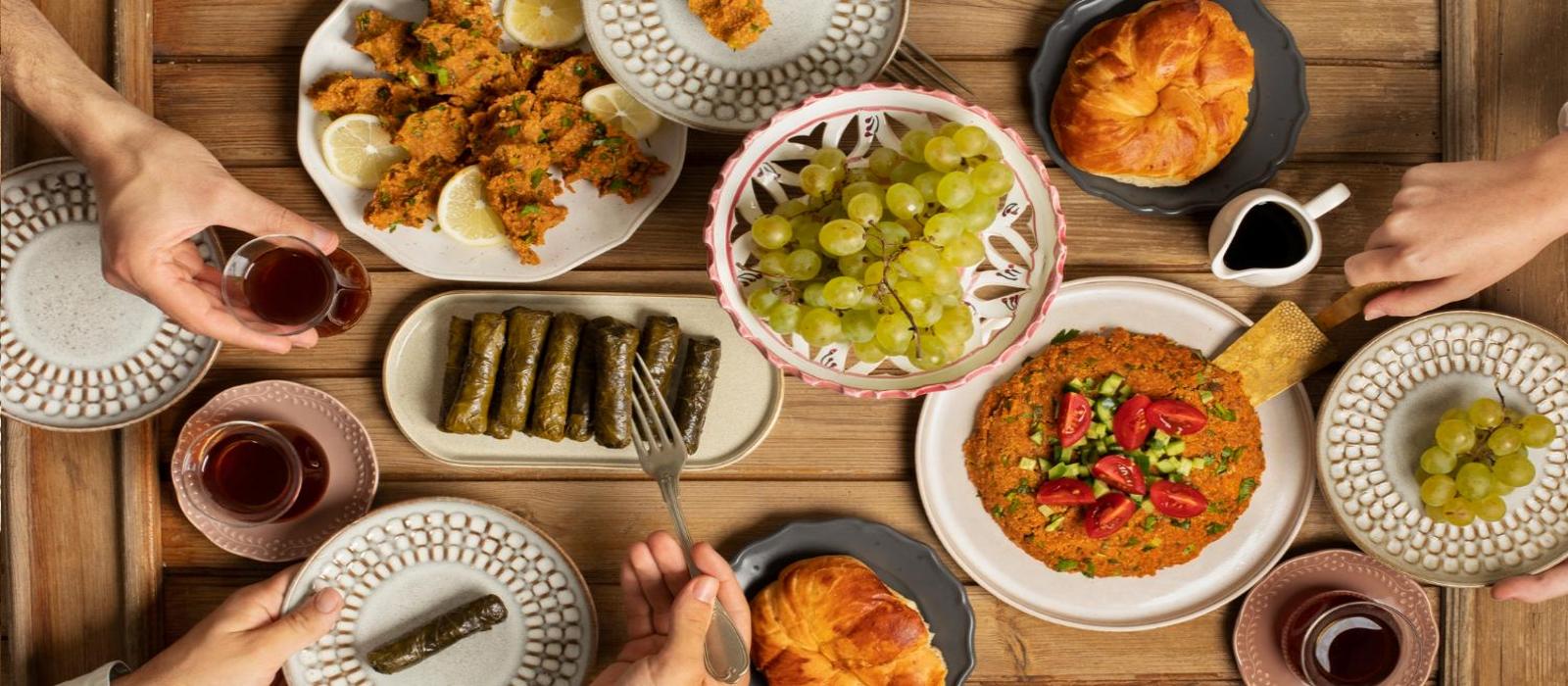
One day soon, the “ethnic food aisle” will read like a museum exhibit. A curious fossil of how we used to categorize food, identity, and belonging. That aisle was once a way to separate different cultures from one another. Yet consumers no longer accept being boxed into corners. They want flavor in every aisle, not an afterthought hidden in “world foods.” If your brand still lives there, you might already be in the past.
The global “ethnic food” market was estimated at USD 48.6 billion in 2024 and is expected to reach USD 78.1 billion by 2030, expanding at a CAGR of 8.3 %. In the U.S., the market is projected to grow from USD 29.2 billion to more than USD 56.1 billion by 2033, with a compound annual growth rate of 7.3%. These aren’t niche numbers. They reflect rising consumer demand for flavor diversity, globalization of palates, and the full integration of culture into everyday eating.
But the growth doesn’t mean “ethnic” must stay segregated. For Black and multicultural consumers in particular, food is a conduit of history, memory, identity, and commerce. Black households in the U.S. spent an average of USD 7,844 on food in 2023 (as reported by the U.S. Bureau of Labor Statistics), and that money has to count for something. These are not frivolous expenditures; these are lifelines, traditions, and statements. And brands that treat them like afterthoughts will be passed over by consumers.
Multicultural consumers are also older than the “average” food critic thinks. According to a 2024 report concerning Black grocery shopping behaviors, Black shoppers are savvy, always hunting for better prices, stocking up sales, leveraging loyalty programs, yet they are unwilling to sacrifice quality in the process. Treating them like bargain hunters, rather than discerning shoppers with high expectations, is a costly misread.
On dietary behavior, surveys show that many Black Americans continue to integrate traditional foods—greens, barbecue meats, okra, corn-veg mixes, sweet potatoes, and more– into their patterns, even as they navigate modern health narratives and pressures. Those traditional choices often cede space to ultra-processed, convenience foods due to systemic access issues. For example, Black adults are more likely to fall into the top quartile of ultra-processed food consumption (27% vs. 24% for White adults), heightening risk factors like hypertension.
Even beverage consumption is cultural. Recent data shows that proportionally, Black adults derive 15 % of their total beverage consumption from sugar-sweetened beverages (SSBs), compared to 9 % for White adults and 4 % for Asians. That suggests roots of both habit and problematic structural design in the food system. If packaging, pricing, and product framing don’t shift, the narrative remains stuck in disparity.
Brands doing it right are already redefining the aisle. Bibigo, for example, introduced Korean-Mexican fusion options, making global flavors feel familiar. Diaspora Co. doesn’t just sell blends rooted in African and Caribbean botanicals; they share lineage, wellness philosophy, and cultural migration stories in their packaging and storytelling. When culture is woven into identity, and not just the ingredient list, brands stop being curiosities and start being pantry essentials.
Distribution amplifies that shift. If new flavors only show up in specialty grocers, the message is still “other.” Ethnic brands that make it into conventional channels change the frame. A beverage placed next to soda, or a sauce on the grill shelf, not in “global sauces,” signals genuine integration.
Representation in product design matters too. When we asked consumers (in our Culture, Branding and Ad Perception study) whether culturally diverse creative teams make a difference in brand credibility, 44 % said yes. Even great packaging or exceptional flavor fails if what’s behind it is monochromatic. For a culturally fluent recipe, you need story, ingredient, voice, and team.
And speaking of cultural fluency, authenticity is another nonnegotiable element. Heritage claims without structurally inclusive commitment become performative. Of course, mistakes will happen. What separates brands is how they respond. When culture is reduced to motifs, it rings hollow to consumers. They respect brands that say “we know we don’t have it perfect yet,” apologize, and course correct transparently.
So here’s the test: whether your brand is still boxed, siloed, or slotted permanently. Consumer expectation isn’t tolerance, it’s integration. The aisle of “other foods” isn’t going to get rearranged; it’s going to collapse. Brands that survive will understand that culture isn’t a garnish. It’s the base layer. It writes the product DNA, the experience path, and the playbook for who matters next. In 2025 and beyond, the ethnic food aisle is a relic. Your brand doesn’t have to be.